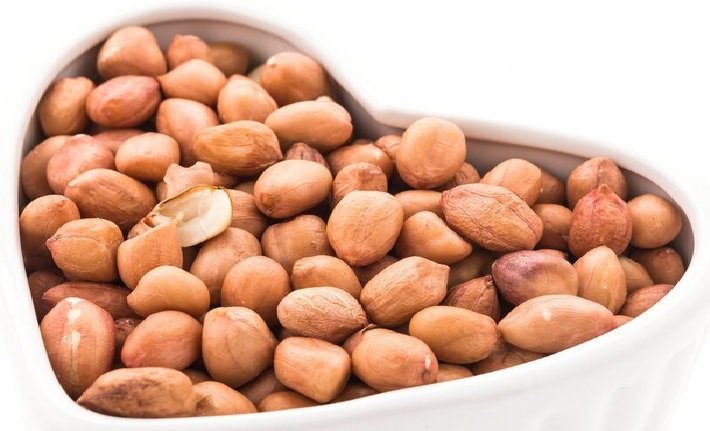Huge increase expected in soybean and groundnut production
30-May-2025 11:38 AM

New Delhi. In the 2024-25 season, weather and rainfall conditions were largely favorable for oilseed crops, leading to excellent production during the Kharif season.
However, in the Rabi season, the sowing of mustard—the most important oilseed crop—was lower, and the condition of the crop was not encouraging.
According to the third advance estimate of the Union Agriculture Ministry, soybean production in the 2024-25 season rose from 130.60 lakh tonnes to 151.80 lakh tonnes, an increase of 21.20 lakh tonnes, setting a new record.
Groundnut production also saw a significant increase, rising from 101.80 lakh tonnes to 119 lakh tonnes, up by 17.20 lakh tonnes to an all-time high. Soybean is produced only during the Kharif season, while groundnut is cultivated in the Kharif, Rabi, and Zaid seasons.
On the other hand, mustard production is estimated to decline from 132.60 lakh tonnes in the 2023-24 season to 126.10 lakh tonnes in 2024-25, a decrease of 6.50 lakh tonnes.
The harvesting and post-harvest processes for mustard have recently concluded. Other oilseeds grown in the country include sesame, sunflower, castor, nigerseed, safflower, and linseed.
India continues to import large quantities of edible oils as domestic oilseed production remains insufficient. To encourage domestic production, the government has raised the minimum support prices (MSP) for the 2025-26 season: soybean by Rs 436 to Rs 5328 per quintal, groundnut by Rs 480 to Rs 7263 per quintal,
sesame by Rs 579 to Rs 9846 per quintal, sunflower by Rs 441 to Rs 7721 per quintal, and nigerseed by Rs 820 to Rs 9537 per quintal. These increases could motivate farmers to expand the sowing area for oilseed crops.
During the Kharif marketing season of 2024-25, the market price of soybean and groundnut fell significantly below the MSP, prompting the government to procure record quantities of these crops, and the stock is still with the government.
With good monsoon rains now starting in the major producing states, the outlook for oilseed production remains positive.
